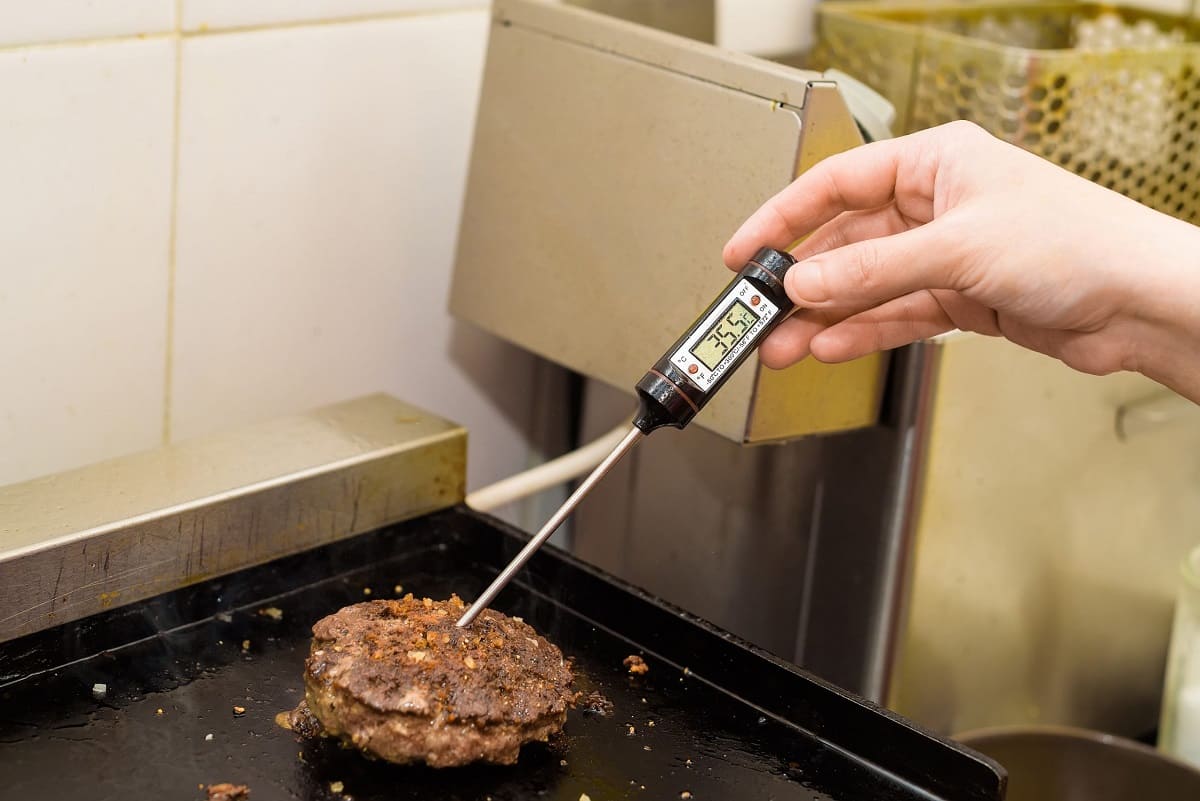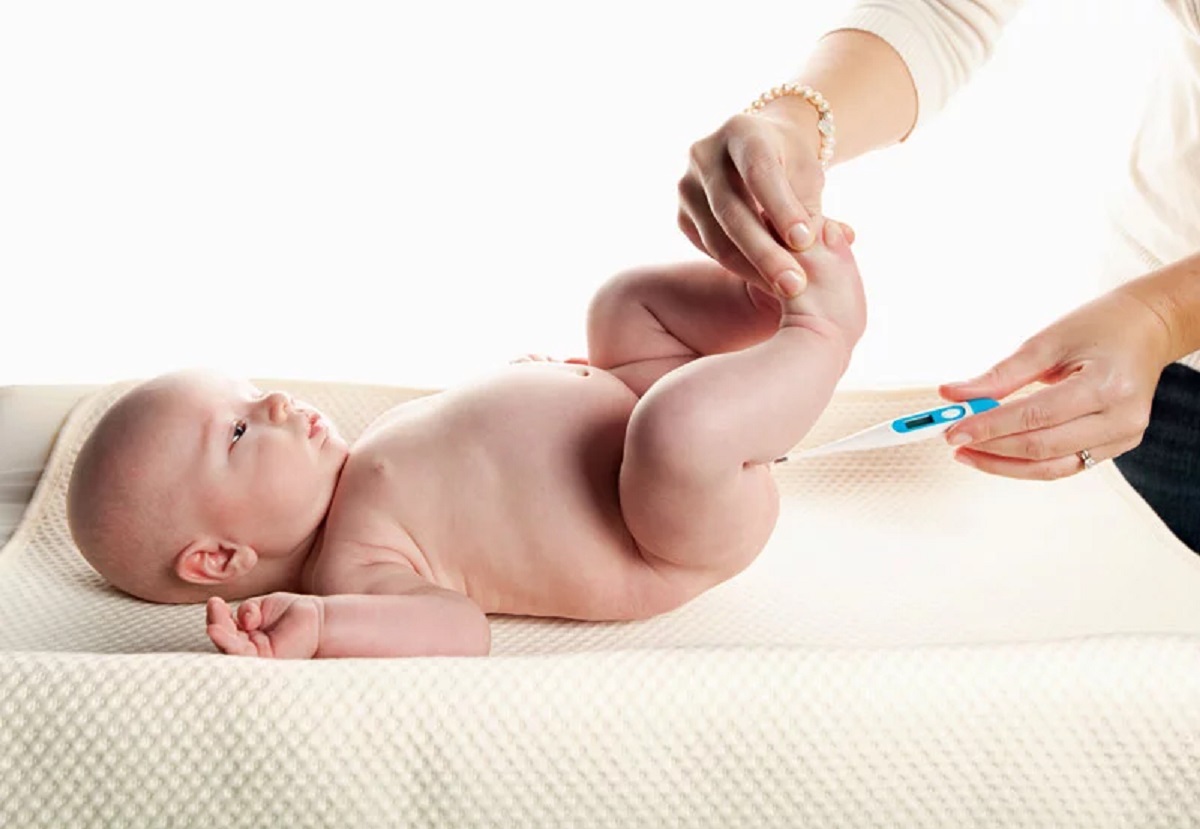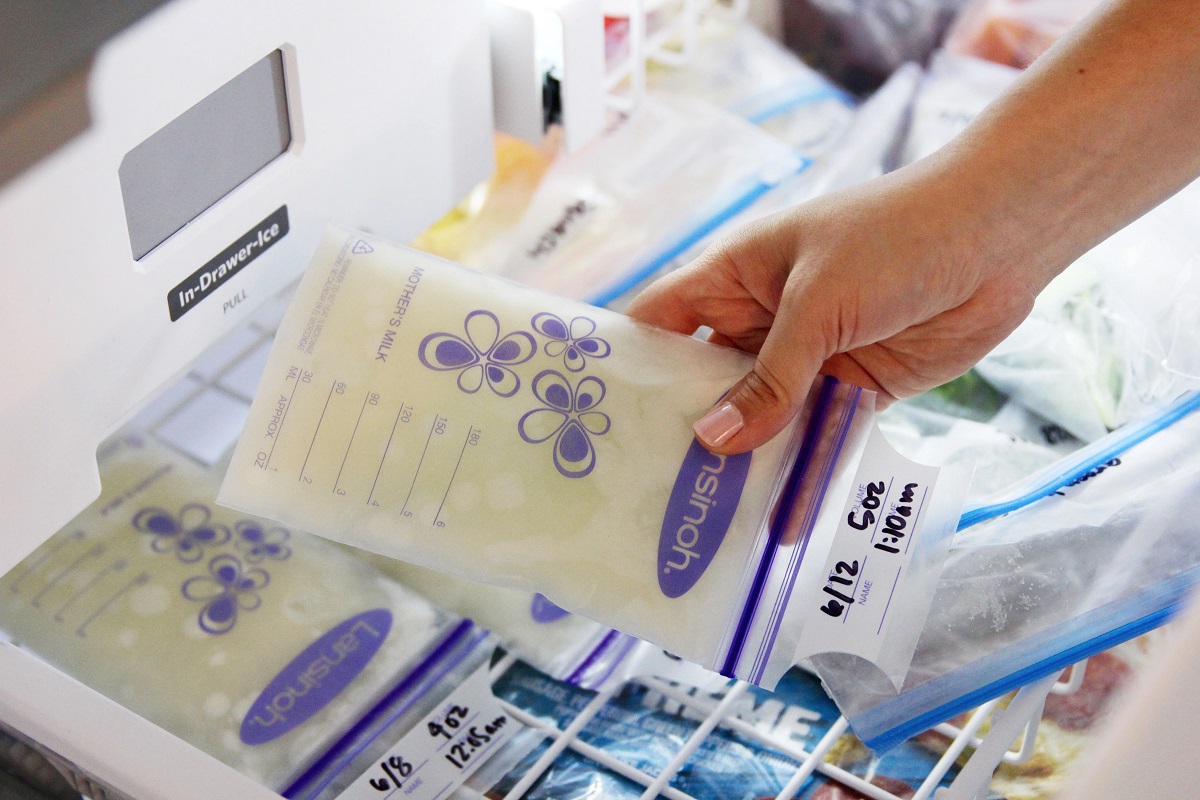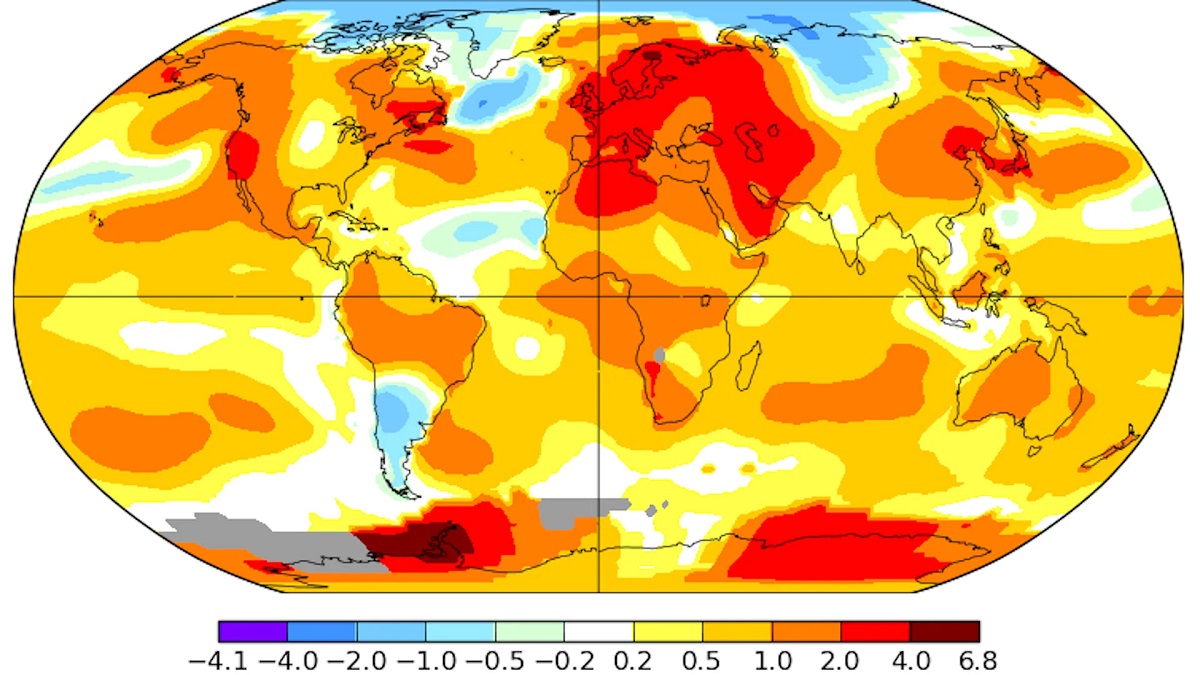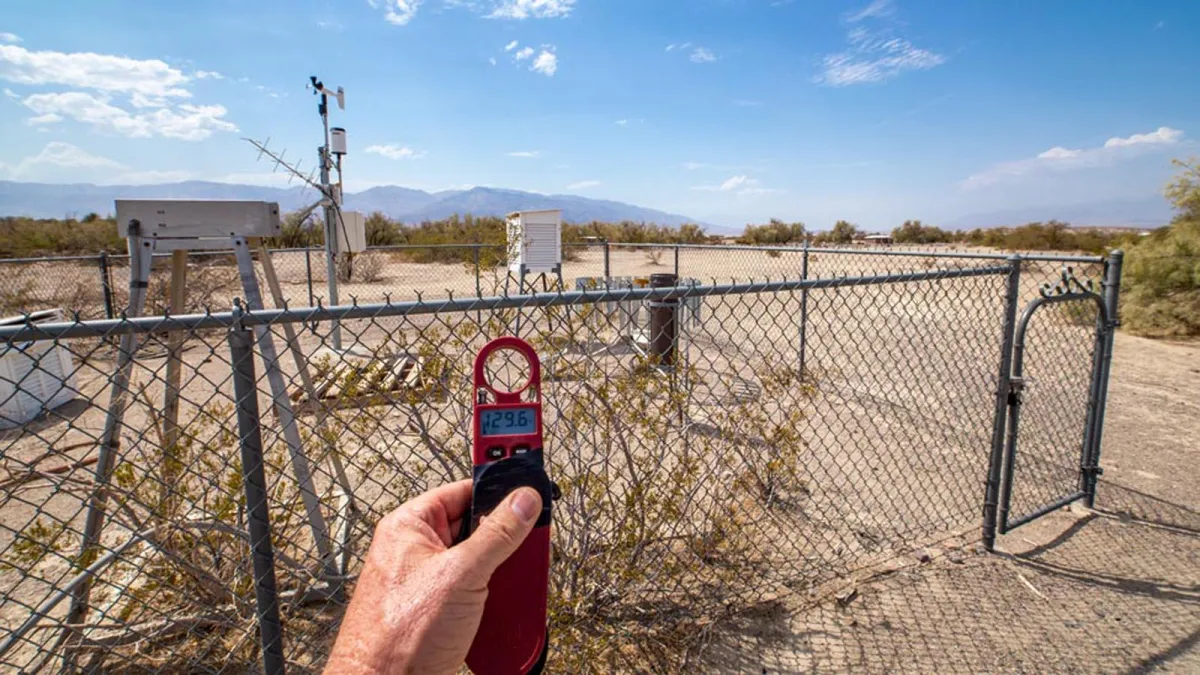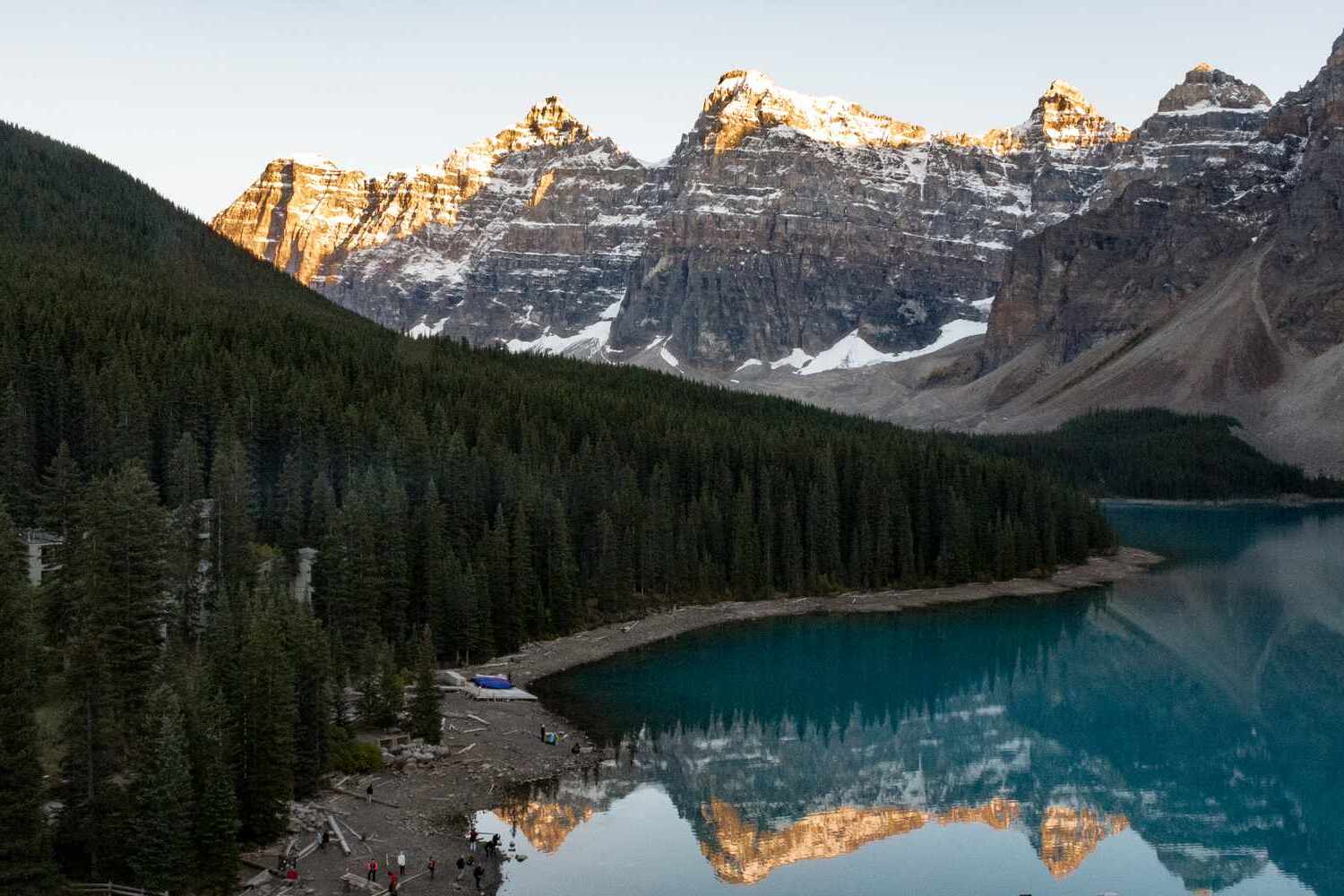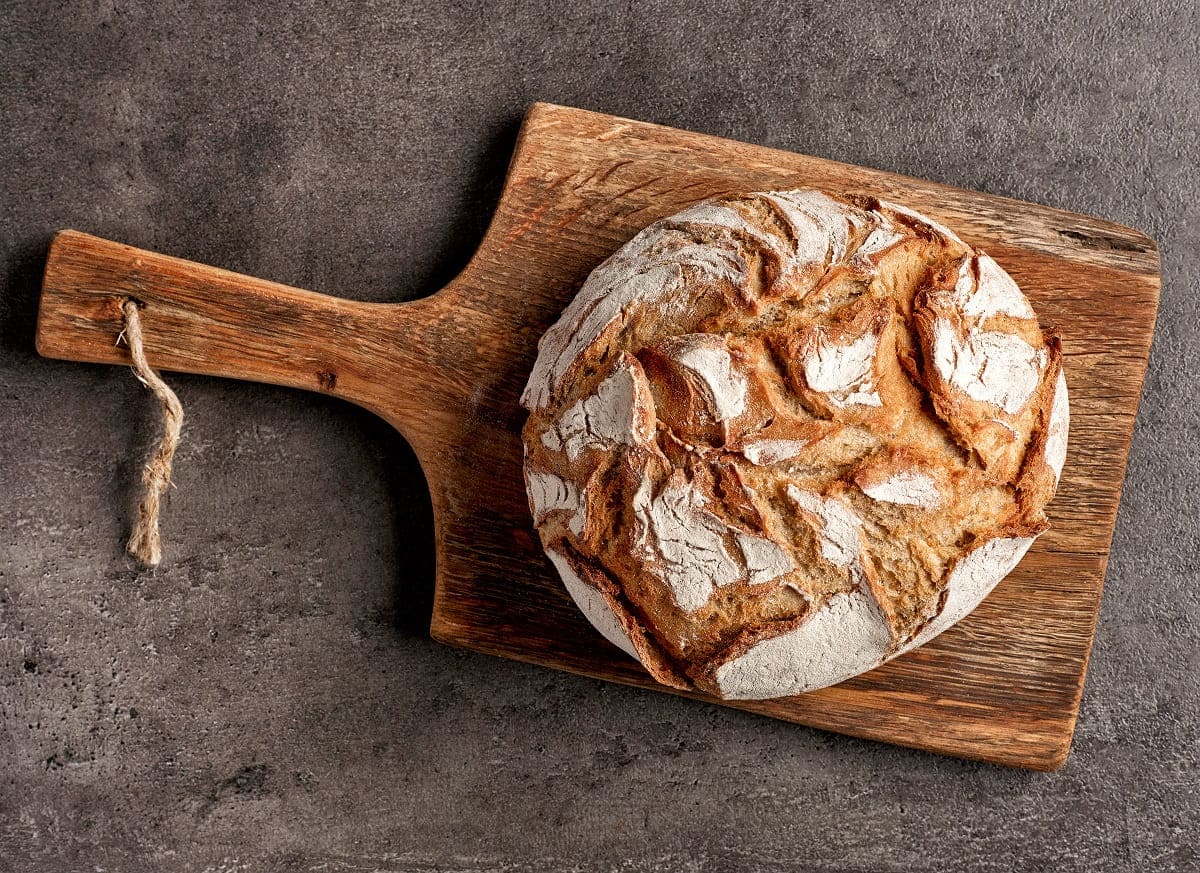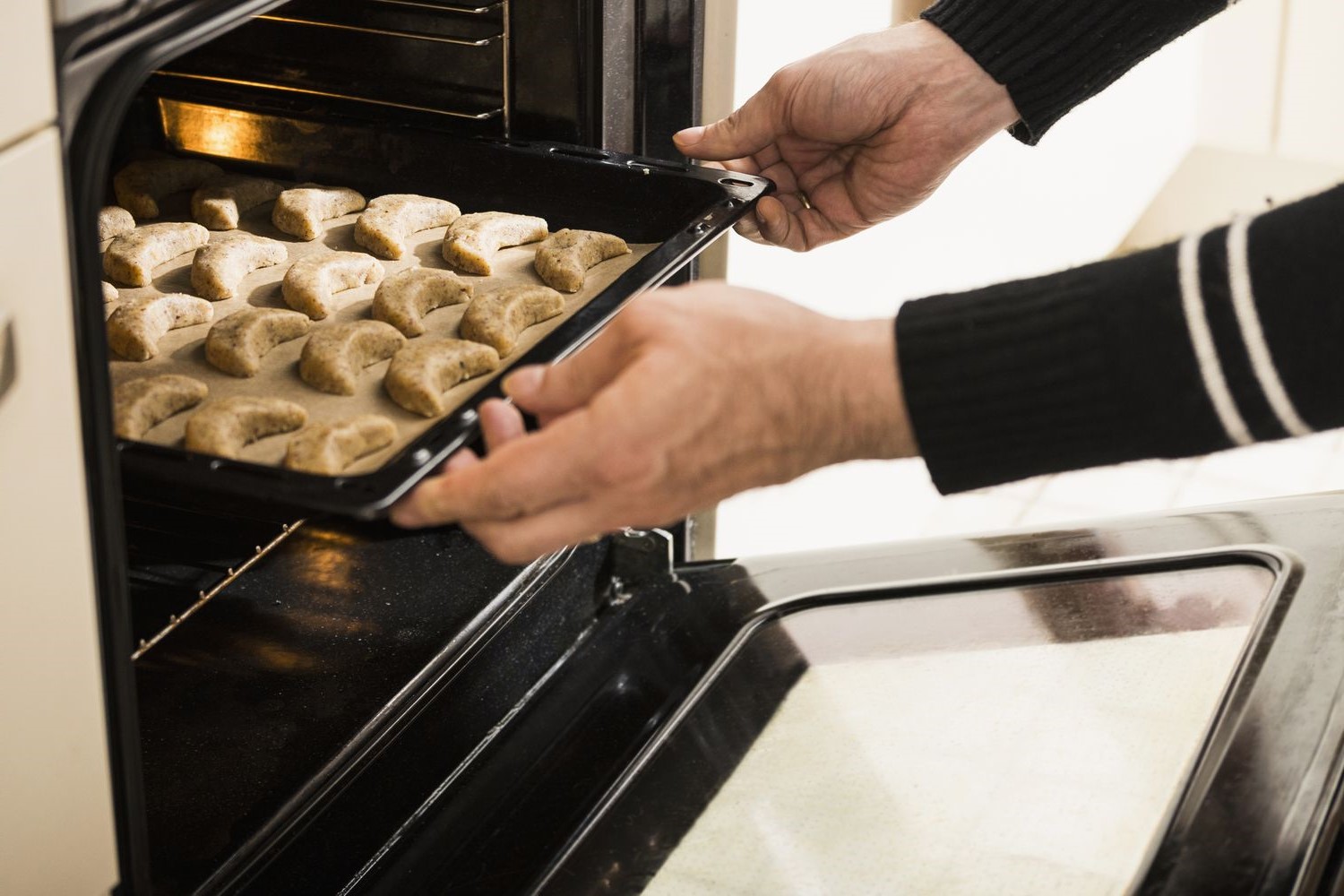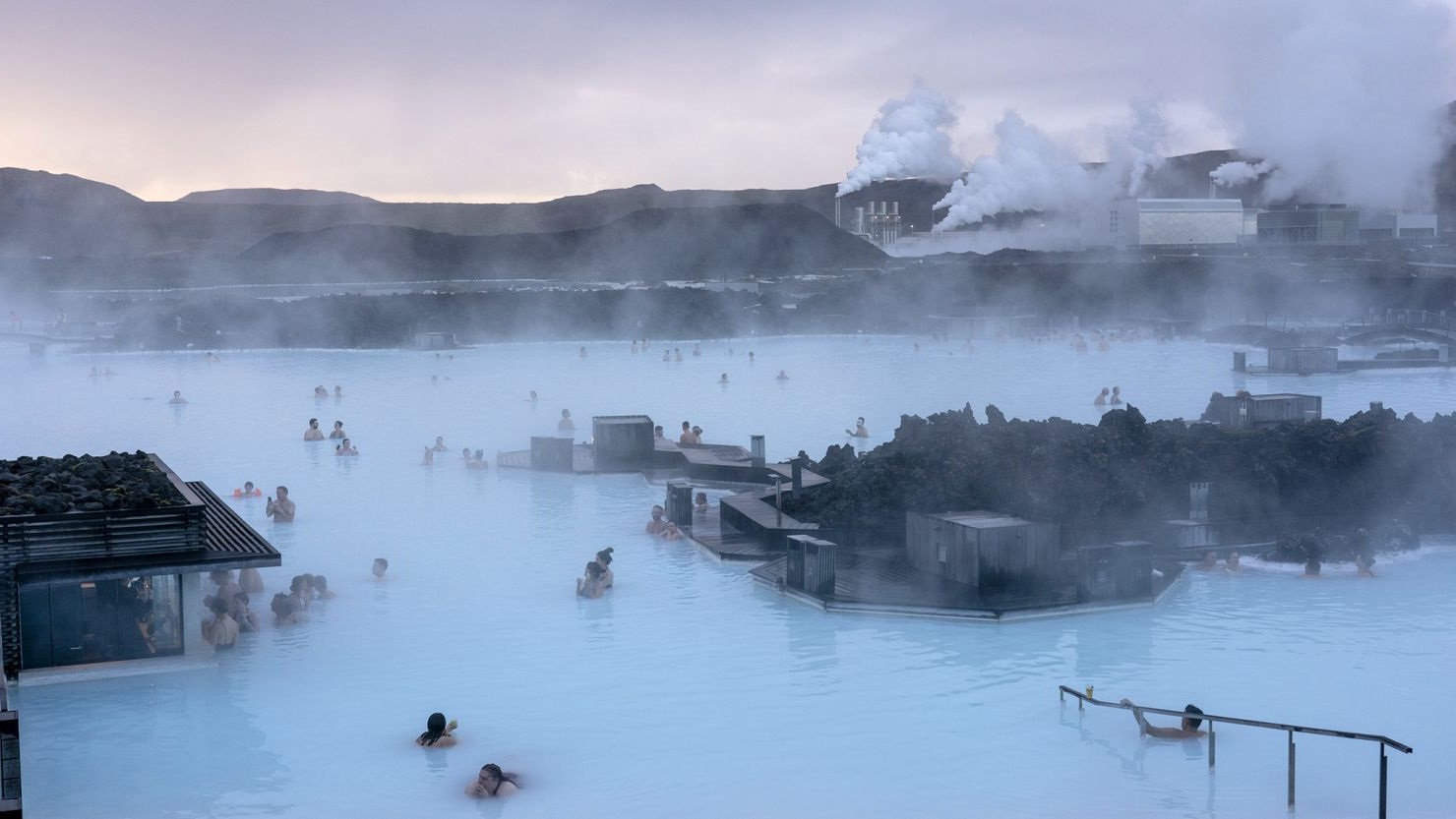Home>Home, Lifestyle & DIY>Sherwin Williams Exterior Paint Temperature Guidelines
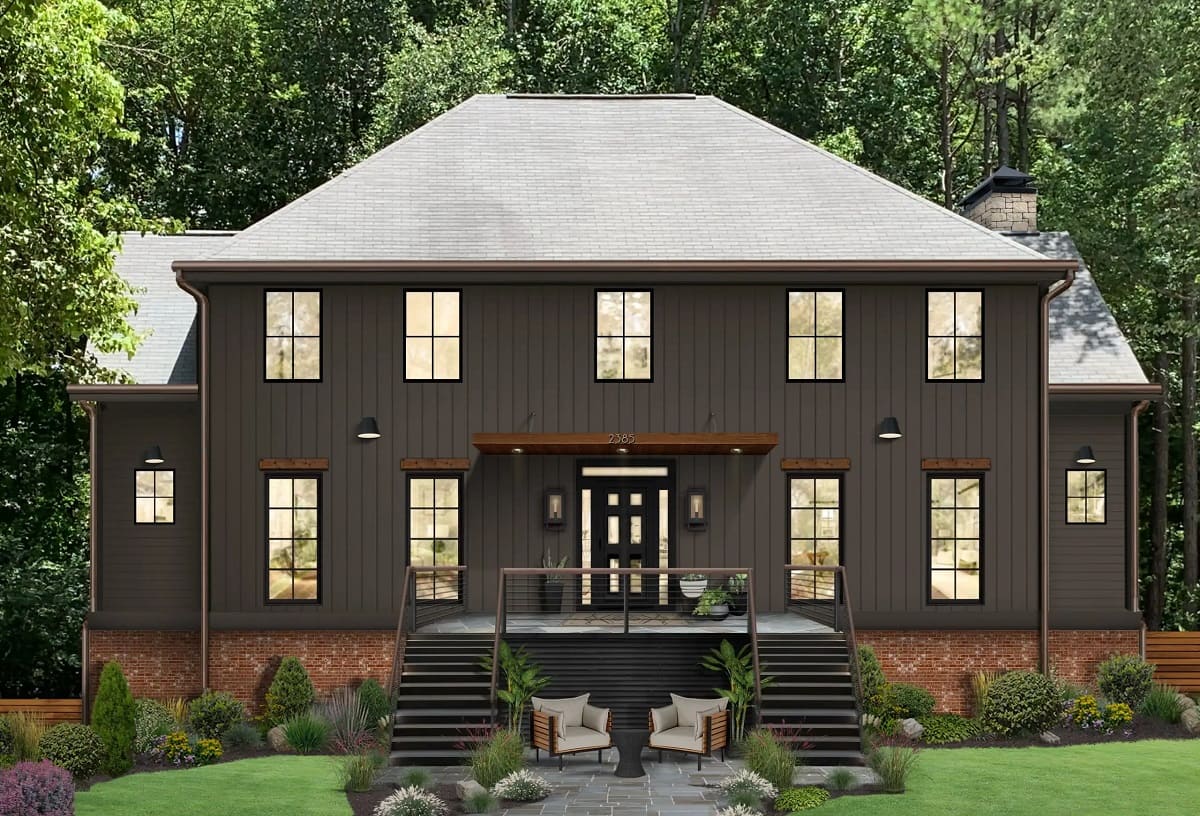

Home, Lifestyle & DIY
Sherwin Williams Exterior Paint Temperature Guidelines
Published: February 22, 2024
Discover Sherwin Williams' exterior paint temperature guidelines for your home, lifestyle, and DIY projects. Learn how to achieve the best results in any weather condition.
(Many of the links in this article redirect to a specific reviewed product. Your purchase of these products through affiliate links helps to generate commission for Temperatures.com, at no extra cost. Learn more)
Table of Contents
Introduction
When it comes to enhancing the curb appeal of your home, a fresh coat of exterior paint can work wonders. However, achieving a flawless finish and long-lasting results is not just about choosing the right color and type of paint. The temperature at which you apply exterior paint plays a crucial role in determining the success of your painting project.
In this comprehensive guide, we will delve into the significance of adhering to temperature guidelines when painting the exterior of your home. We will explore the recommended temperature range for exterior painting provided by Sherwin Williams, a leading authority in the realm of home improvement. Additionally, we will discuss the various factors to consider when painting in extreme temperatures and provide valuable tips for achieving the best results in diverse temperature conditions.
By understanding and implementing the temperature guidelines outlined in this article, you can ensure that your exterior paint job not only looks stunning but also withstands the test of time. So, let's embark on this journey to uncover the secrets of successful exterior painting in relation to temperature considerations.
Read more: Best Temperature For Outdoor Painting
Importance of Temperature Guidelines for Exterior Paint
The temperature at which exterior paint is applied holds immense significance in determining the overall quality and longevity of the paint job. When it comes to painting the exterior of a home, the ambient temperature can directly impact the paint's ability to adhere to the surface, dry properly, and ultimately withstand the elements.
Extreme temperatures, whether excessively hot or cold, can lead to a myriad of issues such as poor adhesion, uneven drying, and compromised durability. In excessively hot conditions, the paint may dry too quickly, leading to a lack of proper adhesion and an uneven finish. Conversely, in excessively cold temperatures, the paint may take an extended period to dry, which can result in an increased likelihood of dust and debris settling on the surface, ultimately marring the finish.
Furthermore, the temperature of the surface being painted is equally crucial. For instance, if the surface is too hot, it can cause the paint to dry too rapidly, leading to blistering and other imperfections. On the other hand, if the surface is too cold, the paint may not adhere properly, resulting in peeling and flaking over time.
Adhering to the recommended temperature guidelines for exterior paint, as specified by industry experts like Sherwin Williams, is essential for ensuring optimal paint adhesion, uniform drying, and long-term durability. By painting within the recommended temperature range, homeowners can mitigate the risk of encountering common issues associated with extreme temperatures, thereby safeguarding their investment in a fresh exterior paint job.
In essence, understanding and abiding by temperature guidelines for exterior paint is pivotal in achieving a flawless finish that not only enhances the aesthetic appeal of a home but also provides lasting protection against the elements. With this understanding, homeowners can approach their exterior painting projects with confidence, knowing that they are setting the stage for a successful and enduring transformation of their home's exterior.
Sherwin Williams Recommended Temperature Range for Exterior Painting
Sherwin Williams, a renowned authority in the realm of home improvement, provides comprehensive guidelines for the optimal temperature range when painting the exterior of a home. The recommended temperature range for exterior painting, as specified by Sherwin Williams, typically falls between 50°F and 90°F (10°C and 32°C). This range is considered ideal for achieving the best results and ensuring the longevity of the paint job.
When the ambient temperature falls within this range, the paint can adhere to the surface effectively, dry uniformly, and form a durable finish. This temperature range also facilitates the proper curing of the paint, allowing it to withstand the rigors of varying weather conditions over time.
It's important to note that the recommended temperature range may vary slightly based on the specific type of exterior paint being used. For instance, certain paints designed for specific environmental conditions, such as low-temperature paints for colder climates, may have slightly different temperature recommendations. Therefore, it's advisable to consult the product specifications or technical data sheets provided by Sherwin Williams for precise temperature guidelines tailored to the chosen paint product.
By adhering to Sherwin Williams' recommended temperature range for exterior painting, homeowners can optimize the adhesion, drying, and overall performance of the paint. This, in turn, contributes to the longevity and resilience of the exterior paint job, ensuring that the home maintains its freshly painted appearance for years to come.
In summary, Sherwin Williams' recommended temperature range for exterior painting serves as a crucial benchmark for homeowners and professional painters alike. By aligning with these guidelines, individuals can set the stage for a successful exterior paint job that not only enhances the visual appeal of their homes but also withstands the test of time, providing enduring protection and beauty to their exterior surfaces.
Factors to Consider When Painting in Extreme Temperatures
When undertaking an exterior painting project in extreme temperatures, several critical factors must be taken into account to ensure the success and longevity of the paint job. Extreme heat or cold can pose significant challenges, impacting the paint's adhesion, drying process, and overall durability. By considering the following factors, homeowners and professional painters can navigate the complexities of extreme temperatures and mitigate potential issues, ultimately achieving exceptional results.
-
Temperature Fluctuations: In regions characterized by fluctuating temperatures, it's essential to assess the forecasted temperature trends before initiating an exterior painting project. Rapid fluctuations can affect the paint's drying process and adhesion, potentially leading to an uneven finish and compromised durability. By selecting a window of time when temperatures are relatively stable, the risk of encountering temperature-related issues can be minimized.
-
Surface Temperature: The temperature of the surface being painted is equally crucial, especially in extreme heat or cold. In high temperatures, surfaces can become excessively hot, causing the paint to dry too quickly, leading to inadequate adhesion and a subpar finish. Conversely, in cold temperatures, surfaces may be too cold for the paint to adhere properly, resulting in potential peeling and flaking over time. It's imperative to measure the surface temperature using a reliable infrared thermometer to ensure it falls within the recommended range for the chosen paint product.
-
Humidity Levels: Extreme temperatures are often accompanied by varying humidity levels, which can impact the paint's drying process. High humidity can prolong the drying time, leading to an increased risk of dust and debris settling on the surface, while low humidity can expedite the drying process, potentially causing the paint to dry too quickly. Monitoring and adjusting the painting schedule based on humidity levels can help optimize the drying process and minimize the risk of imperfections.
-
Paint Selection: When painting in extreme temperatures, selecting the appropriate type of paint is paramount. Certain paints are formulated to withstand specific temperature ranges, such as low-temperature paints designed for cold climates. By choosing a paint product that aligns with the prevailing temperature conditions, homeowners can enhance the paint's ability to adhere, dry uniformly, and withstand the elements, ultimately ensuring a resilient and long-lasting finish.
-
Application Techniques: In extreme temperatures, adjusting the application techniques can contribute to a successful paint job. For instance, in high temperatures, working in smaller sections and ensuring proper ventilation can help prevent the paint from drying too quickly, allowing for a more uniform finish. Conversely, in cold temperatures, utilizing supplemental heating and ensuring adequate drying time between coats can facilitate optimal paint adhesion and curing.
By carefully considering these factors and implementing appropriate measures, homeowners and professional painters can navigate the challenges posed by extreme temperatures, ultimately achieving exceptional results that stand the test of time. Adhering to best practices and leveraging the expertise of industry leaders such as Sherwin Williams can empower individuals to overcome the complexities of extreme temperatures, ensuring that their exterior paint projects yield stunning and enduring outcomes.
Tips for Achieving the Best Results in Various Temperature Conditions
When facing diverse temperature conditions during an exterior painting project, implementing the following tips can significantly contribute to achieving exceptional results and ensuring the longevity of the paint job:
-
Optimal Timing: Selecting the right time of day to commence painting is crucial, especially in extreme temperatures. In hot weather, beginning early in the morning or later in the afternoon can help avoid the peak heat, allowing the paint to dry more evenly. Conversely, in cold conditions, initiating the painting process during the warmest part of the day can facilitate better adhesion and drying.
-
Shade Utilization: When painting in high temperatures, leveraging shade can mitigate the adverse effects of excessive heat. Working on the shaded side of the house or utilizing temporary shading devices can help regulate the surface temperature, preventing the paint from drying too rapidly and resulting in a more uniform finish.
-
Proper Surface Preparation: Regardless of the temperature, thorough surface preparation is paramount. Ensuring that the surface is clean, dry, and free from any contaminants or defects sets the foundation for optimal paint adhesion and durability. In extreme temperatures, allowing the surface to reach the recommended temperature range before painting is essential for achieving the best results.
-
Adjusting Paint Viscosity: In both hot and cold conditions, adjusting the paint viscosity can enhance application and drying. In high temperatures, adding a paint conditioner can extend the drying time, allowing for a smoother finish. Conversely, in cold temperatures, slightly warming the paint and using a compatible thinner can improve flow and adhesion.
-
Monitoring Weather Forecasts: Keeping a close eye on weather forecasts is imperative when painting in variable temperature conditions. Sudden changes in temperature or unexpected precipitation can compromise the paint job. By staying informed, adjustments to the painting schedule can be made to align with favorable weather conditions, ensuring optimal results.
-
Utilizing Insulation: In cold temperatures, utilizing insulation materials to cover freshly painted surfaces can help maintain the ideal curing conditions. This can prevent the paint from being adversely affected by low temperatures, facilitating proper drying and enhancing the overall durability of the paint job.
-
Professional Guidance: When navigating extreme temperature conditions, seeking guidance from painting professionals or leveraging the expertise of Sherwin Williams representatives can provide invaluable insights. Their expertise can help tailor the painting approach to the specific temperature challenges, ensuring that the project yields exceptional and enduring results.
By incorporating these tips into the exterior painting process, homeowners and professional painters can effectively address the complexities of diverse temperature conditions, ultimately achieving outstanding results that elevate the visual appeal and longevity of the exterior paint job. Adhering to best practices and leveraging expert guidance can empower individuals to overcome temperature-related challenges, ensuring that their homes boast a stunning and enduring exterior finish.
Conclusion
In conclusion, the temperature at which exterior paint is applied holds immense significance in determining the overall quality and longevity of the paint job. Adhering to the recommended temperature guidelines, as specified by industry leaders like Sherwin Williams, is essential for ensuring optimal paint adhesion, uniform drying, and long-term durability. By painting within the recommended temperature range, homeowners can mitigate the risk of encountering common issues associated with extreme temperatures, thereby safeguarding their investment in a fresh exterior paint job.
Sherwin Williams, a renowned authority in the realm of home improvement, provides comprehensive guidelines for the optimal temperature range when painting the exterior of a home. The recommended temperature range typically falls between 50°F and 90°F (10°C and 32°C), considered ideal for achieving the best results and ensuring the longevity of the paint job. By adhering to Sherwin Williams' recommended temperature range for exterior painting, homeowners can optimize the adhesion, drying, and overall performance of the paint, contributing to the longevity and resilience of the exterior paint job.
When undertaking an exterior painting project in extreme temperatures, several critical factors must be taken into account to ensure the success and longevity of the paint job. Factors such as temperature fluctuations, surface temperature, humidity levels, paint selection, and application techniques play pivotal roles in navigating the complexities of extreme temperatures and mitigating potential issues, ultimately achieving exceptional results.
In the face of diverse temperature conditions during an exterior painting project, implementing optimal timing, shade utilization, proper surface preparation, adjusting paint viscosity, monitoring weather forecasts, utilizing insulation, and seeking professional guidance can significantly contribute to achieving exceptional results and ensuring the longevity of the paint job.
By understanding and implementing the temperature guidelines outlined in this article, homeowners and professional painters can ensure that their exterior paint job not only looks stunning but also withstands the test of time. With the insights and recommendations provided, individuals can approach their exterior painting projects with confidence, knowing that they are setting the stage for a successful and enduring transformation of their home's exterior.
In essence, by adhering to best practices and leveraging the expertise of industry leaders such as Sherwin Williams, individuals can overcome the complexities of extreme temperatures, ensuring that their exterior paint projects yield stunning and enduring outcomes.
